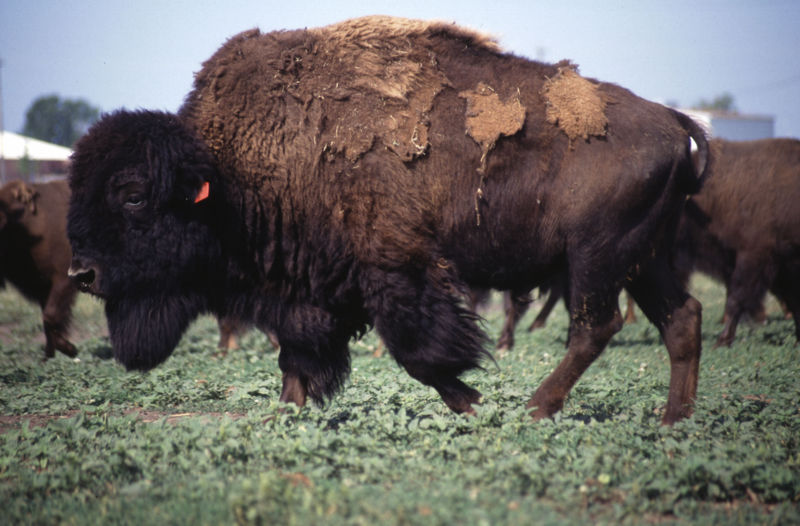Brucellosis pathophysiology
|
Brucellosis Microchapters |
|
Diagnosis |
|---|
|
Treatment |
|
Case Studies |
|
Brucellosis pathophysiology On the Web |
|
American Roentgen Ray Society Images of Brucellosis pathophysiology |
|
Risk calculators and risk factors for Brucellosis pathophysiology |
Please help WikiDoc by adding content here. It's easy! Click here to learn about editing.
Editor-In-Chief: C. Michael Gibson, M.S., M.D. [1]; Associate Editor(s)-in-Chief: Raviteja Guddeti, M.B.B.S. [2]
Overview
Pathophysiology
Brucellosis is an infectious disease caused by the bacteria of the genus Brucella. These bacteria are primarily passed among animals, and they cause disease in many different vertebrates. Various Brucella species affect sheep, goats, cattle, deer, elk, pigs, dogs, and several other animals. Humans become infected by coming in contact with animals or animal products that are contaminated with these bacteria.
Humans are generally infected in one of three ways: eating or drinking something that is contaminated with Brucella, breathing in the organism (inhalation), or having the bacteria enter the body through skin wounds. The most common way to be infected is by eating or drinking contaminated milk products. When sheep, goats, cows, or camels are infected, their milk is contaminated with the bacteria. If the milk is not pasteurized, these bacteria can be transmitted to persons who drink the milk or eat cheeses made it.
Can brucellosis be spread from person to person?
Direct person-to-person spread of brucellosis is extremely rare. Mothers who are breast-feeding may transmit the infection to their infants. Sexual transmission has also been reported. For both sexual and breast-feeding transmission, if the infant or person at risk is treated for brucellosis, their risk of becoming infected will probably be eliminated within 3 days. Although uncommon, transmission may also occur via contaminated tissue transplantation. [1]
Transmission and incubation

The disease is transmitted either through contaminated or untreated milk (and its derivates) or through direct contact with infected animals, which may include dogs, pigs, camels and ruminants, primarily sheep, goats, cattle, American Bison. This also includes contact with their carcasses. Parturition rests are extremely rich in highy virulent brucellae . Brucellae, along with leptospira have the unique property of penetrate through intact human skin, so infection by mere hand contact with infectious material is likely to occur.
The disease is now usually associated with the consumption of unpasteurized milk and soft cheeses made from the milk of infected animals and with occupational exposures of veterinarians and slaughterhouse workers. Some vaccines used in livestock, most notably B. abortus strain 19 also cause disease in humans if accidentally injected. Problems with vaccine induced cases in the United States declined after the release of the RB-51 strain developed in the 1990s and the relaxation of laws requiring vaccination of cattle in many states.
The incubation period of brucellosis is, usually, of one to three weeks, but some rare instances may take several months to surface.